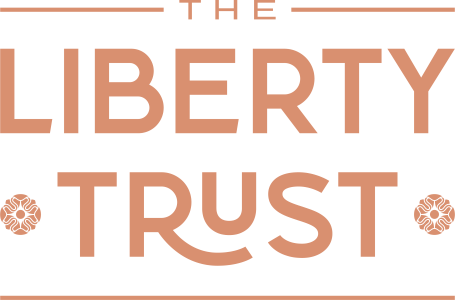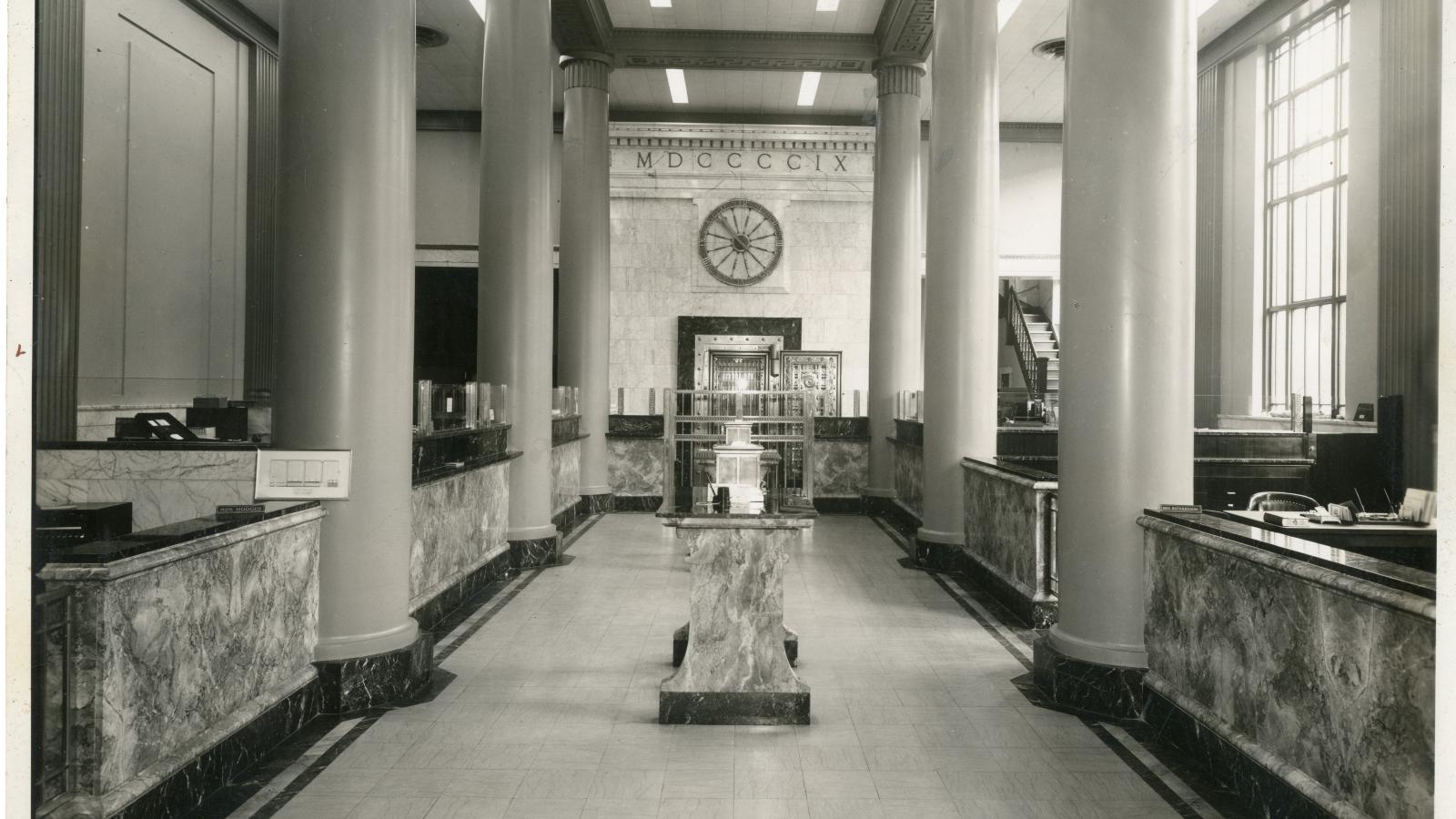Our History
The Liberty Trust building has an endearing place in Roanoke’s history. When completed in 1910, it was described in a newspaper headline as “A Temple of Finance.” The French Renaissance architectural influence of the main entrance and the Beaux Arts design of the main banking hall made it a signature structure of modern, multi-story design and innovation in Roanoke during that era. Improvements in fireproofing and the invention of the electric elevator made possible its height and physical prominence. The seven-story property was a symbol of Roanoke’s prosperity and progress.
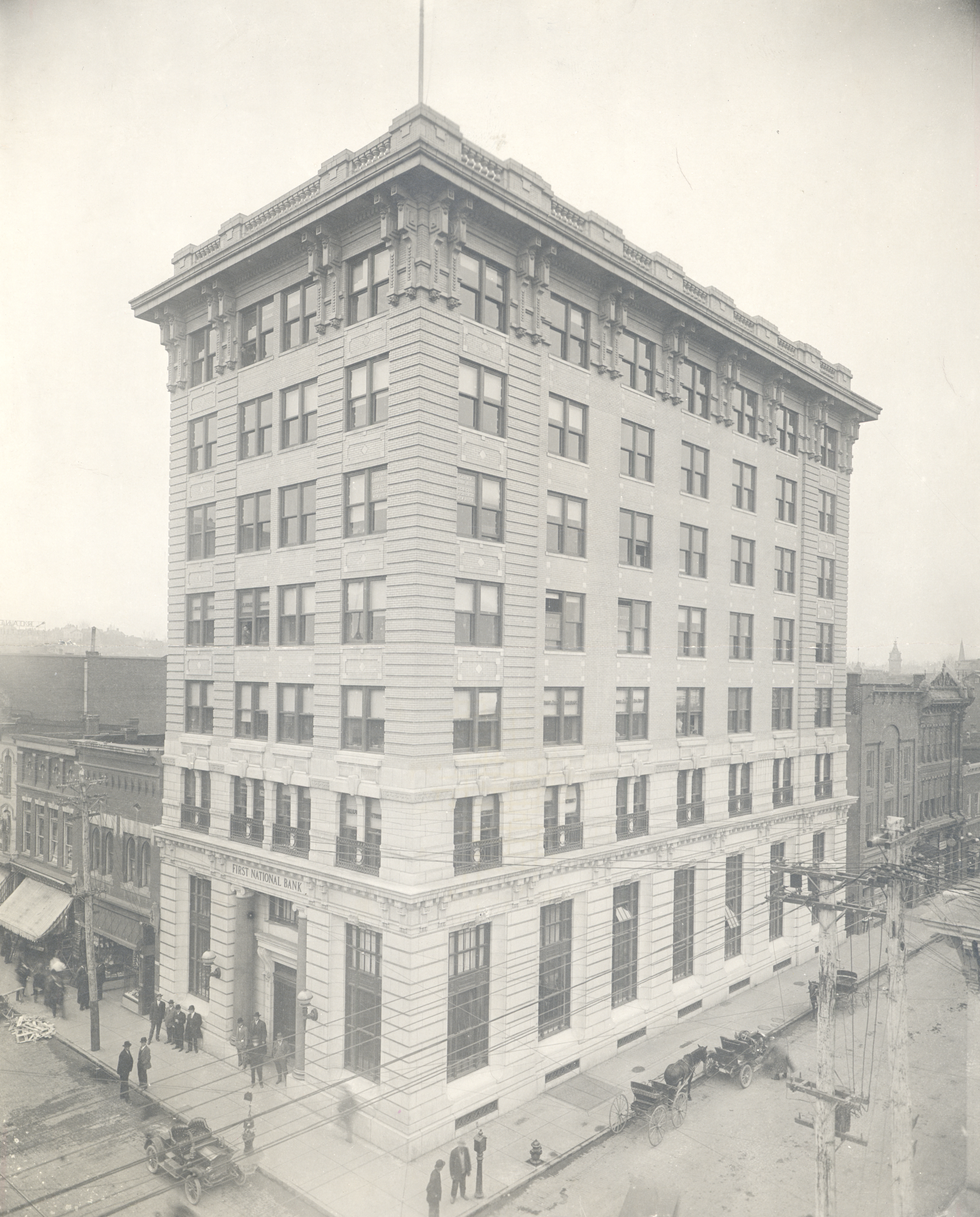
Designed by John Kevan Peebles, deemed the “Dean of Virginia architects” during the early part of the last century, Peebles was in high demand as a designer schooled in classical and Renaissance architecture. Based in Norfolk, Peebles served on the architectural committee for the restoration of Virginia’s State Capitol in 1902 and the board of design for the Jamestown Exposition in 1907, and chaired the architectural committee of the University of Virginia for several years. His Virginia commissions included the Virginia Museum of Fine Arts in Richmond, the Bank of Commerce in Norfolk, and the Hotel Elliott in Suffolk.
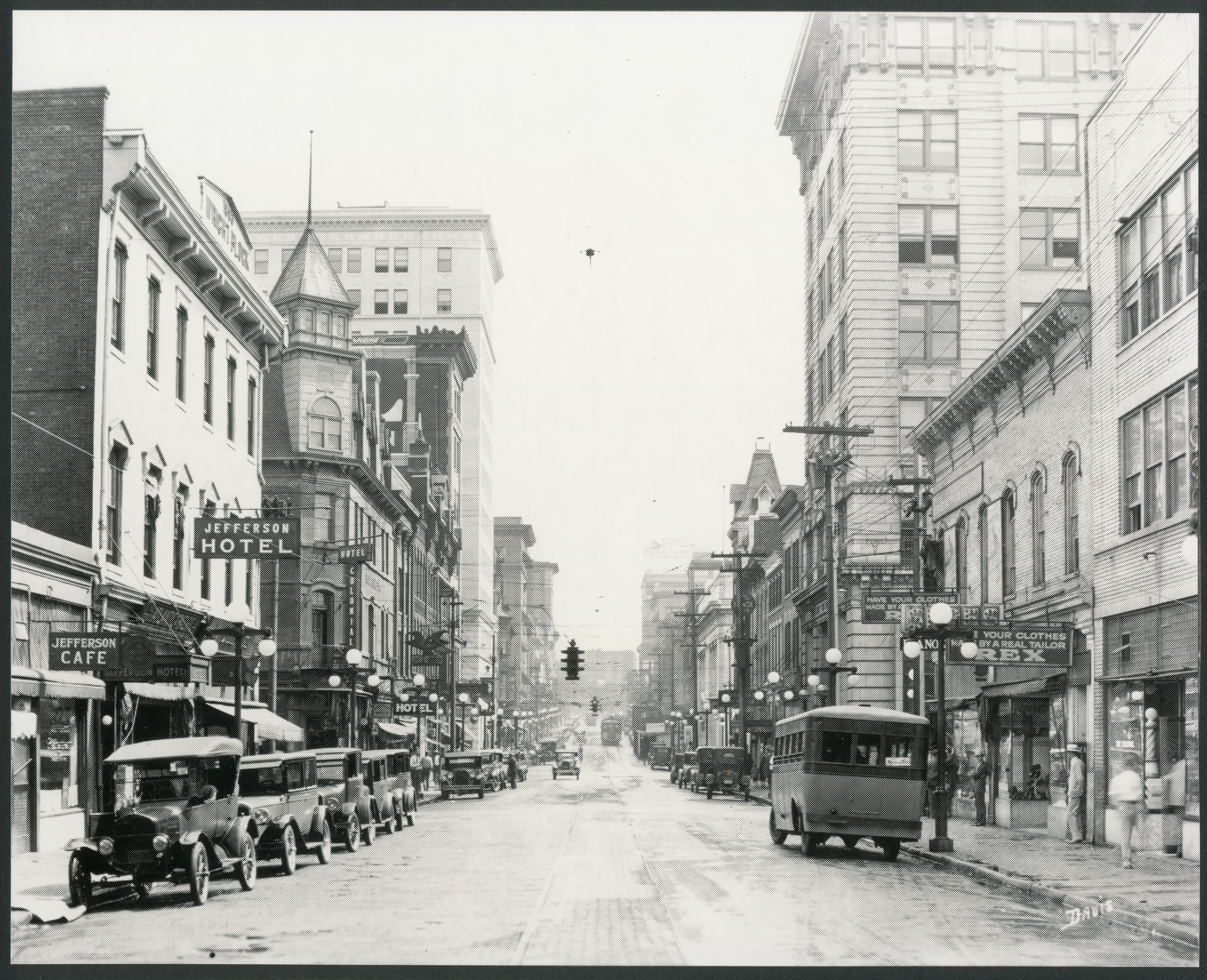
The Liberty Trust building was originally erected to house First National Bank, the first financial institution to be founded in Roanoke, which facilitated the commercial transactions of the Shenandoah Valley Railroad forerunner of the Norfolk & Western Railway. First National opened in its new home the day after Christmas in 1910. The Roanoke Times’ front-page the following day declared “First National’s Noble Building” and reported with poetic flourish “the great columns of marble, the copper and brass and tiling, the splendid steel vault glittering behind it polished bars, and the lofty ceiling…and through the big swinging doors thronged the visitors.” Another local newspaper described the “Banking House” as an “ornament to the city and state.”
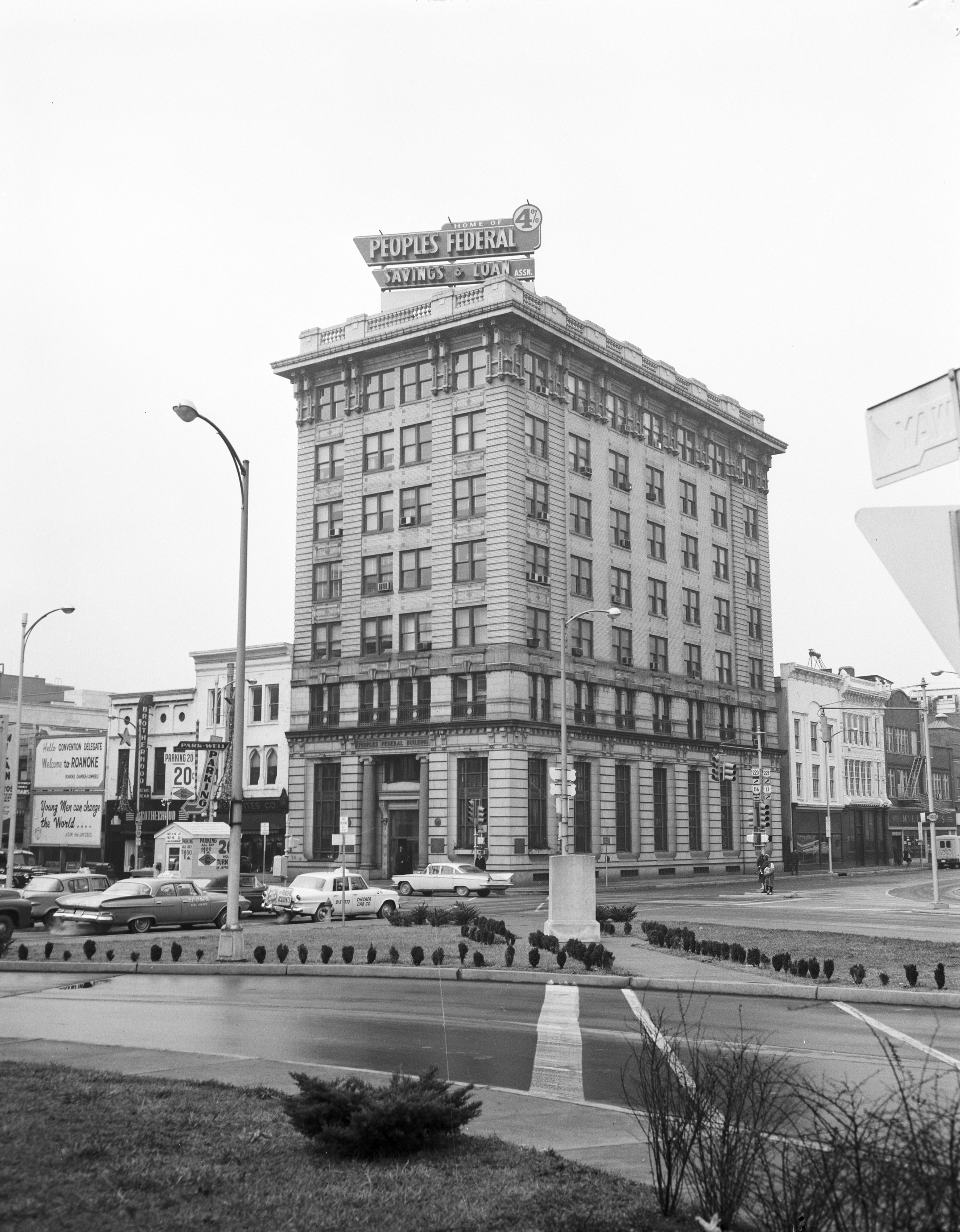
In 1926, the bank merged with the National Exchange Bank and became First National Exchange Bank. That year the building was sold to the Liberty Trust Company which initially occupied the first floor. Liberty Trust remained headquartered at 101 South Jefferson Street for twenty years before it merged with The Colonial American National Bank and relocated. In the years that followed, the Liberty Trust building served as home to a variety of financial institutions including People’s Federal Savings and Loan. Having served as a commercial structure for over a century, the Liberty Trust property is still considered to be one of the best-appointed Edwardian era bank buildings in Virginia.
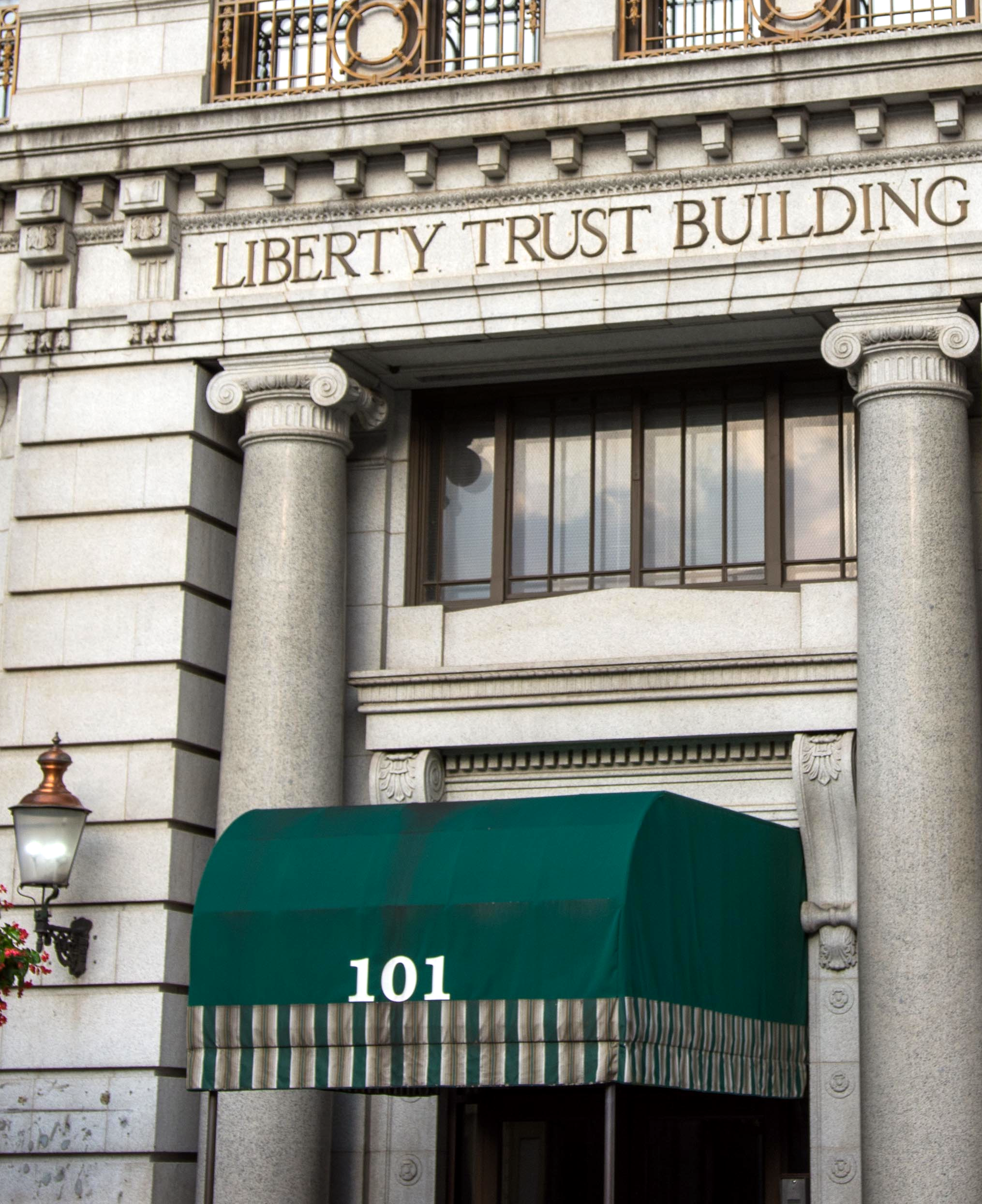
Today, Roanoke’s “Temple of Finance” remains in a remarkable state of preservation from its Roman Ionic columned entrance to the Doric columns of the main hall derived from the Temple of Apollo at Delos. These along with bronze main doors, the granite exterior with carved rosettes, and balustrade roof carry visitors and guests back to a bygone era while simultaneously beckoning them to enjoy the best of contemporary hospitality as The Liberty Trust Hotel.
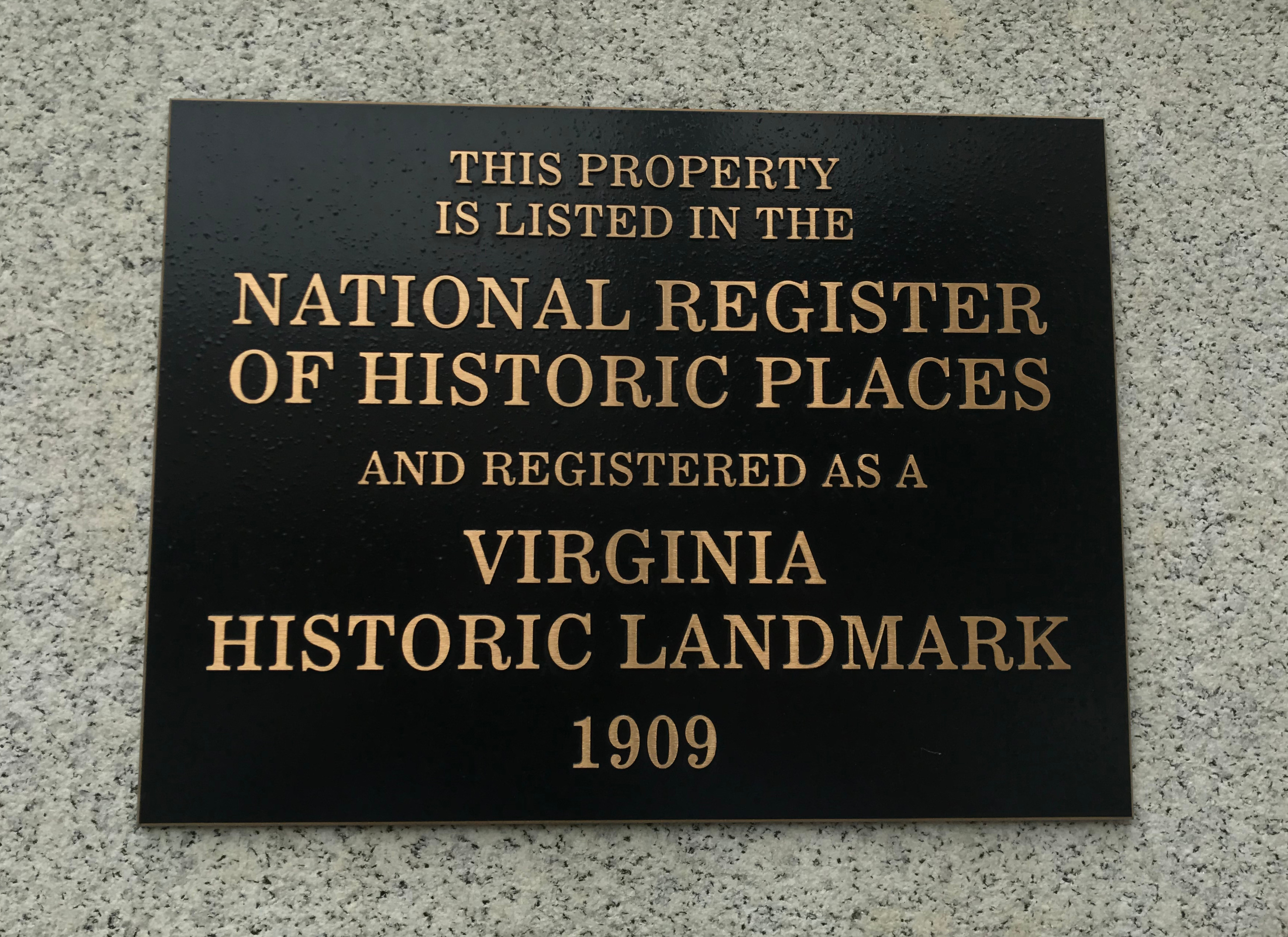
Written by Nelson Harris, the local history columnist for The Roanoker magazine and the writer and host of Eye on the Past on Blue Ridge PBS. The renowned historian—also a former mayor of Roanoke and a past president of the Historical Society of Western Virginia—has written 14 books on the region’s history.
